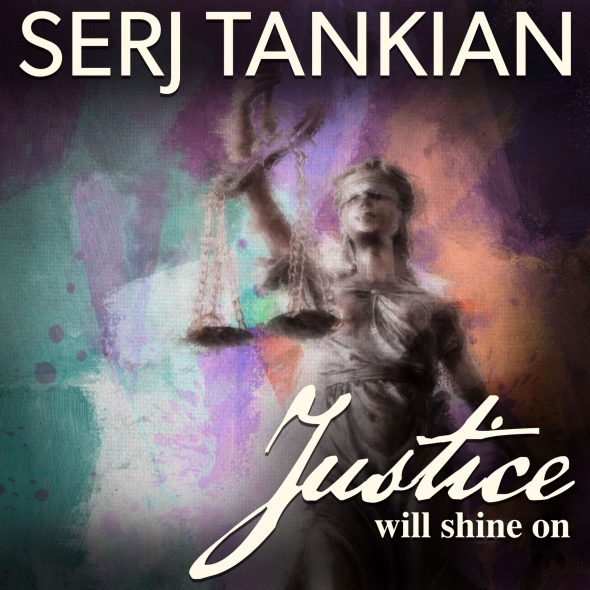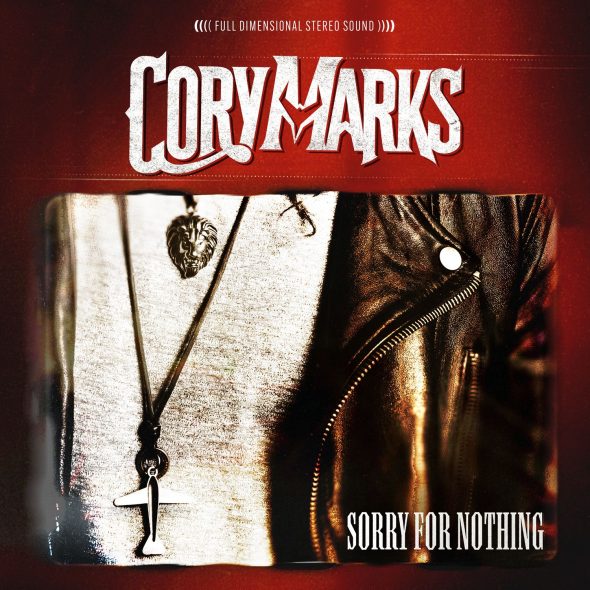How to sharpen your business and law skill sets
by Stephen M. Stern, executive editor
From be-bop to pop, from rap to classical and everything in between, musicians go to the beat of a different drummer; however, they all seemingly share the DNA strand of entrepreneurship. The classical definition of entrepreneurship is one who innovates or introduces new ideas into the marketplace in an effort to transform them into economic goods. This is what musicians do daily — consciously or subconsciously!
 While the ideal entrepreneurial mindset is truly innate, the required skillset is learned, either through some fancy B-school with ivy vines and a name in a classic serif font as an afterthought at a music college or through the School of Hard Knocks. Perhaps more expensive than B-schools in the long run, the School of Hard Knocks runs rampant with horror stories of alums with artificially reduced profits, lost royalties and missed opportunities.
While the ideal entrepreneurial mindset is truly innate, the required skillset is learned, either through some fancy B-school with ivy vines and a name in a classic serif font as an afterthought at a music college or through the School of Hard Knocks. Perhaps more expensive than B-schools in the long run, the School of Hard Knocks runs rampant with horror stories of alums with artificially reduced profits, lost royalties and missed opportunities.
Thanks to Music Insider Magazine, here are some free skill-set enhancers in the area of intellectual property — the guardian of the most important rights a musician or producer and other creative types behold.
What intellectual property law protects
Intellectual property law protects products of the mind. It includes patents, trademarks and copyrights. Patents provide a limited monopoly for new and inventive products, processes and designs. Trademarks prohibit imitators from passing off goods or services as the products of others. Copyright protects “original works of authorship.”
The Statute of Anne, 1710 British law of copyright, protected exclusive rights of authors to reproduce copies of their book and, by extension, other writings. Copyright law is now much broader and includes literary, artistic and musical works, architecture works, computer software and some databases. Consequently, copyright protects derivative rights, performance rights and display rights (really the right to use and authorize use of the copyright in a variety of ways, formats and mediums).
Historically, the public policy concern was that illegal copying would affect benefits to the public derived from the labor of the creators, and the secondary concern was rewarding the creators of the work. This is opposite to the main concern for author’s rights in civil law countries, such as in Europe.
Core copyright industries now account for 6.4 percent of U.S. gross domestic product — $889 million, and are growing in international IP importance. The U.S. is the largest exporter of film, music, software, etc.
U.S. federal law, through the U.S. Patent and Trademark Office, recognizes property rights in intangible products of the mind — specifically, the artistic and literary expression in copyrights, technological and other innovations in patents and symbolic information in trademarks.
Patents
Patents are more difficult to secure and maintain and are shorter in duration of ownership than copyrights but are more robust while they last. The duration of a utility patent (for functional features of products and processes) is 20 years from the filing date; design patents (for ornamental designs of manufactured goods) last 14 years from filing date.
Patents are the only intellectual property specifically granted by the USPTO; copyright and trademarks are protected by the creative act of the author, which can be registered with the USPTO. This registration enhances value and scope of rights but not source of rights.
Trademarks
Like copyrights, trademark protections are based on when the mark is in use in commerce. Trademark owners must show “use” demonstrated in the USPTO trademark application to receive the substantive right to preclude others from using their trademark or a similarly confusing trademark.
Trademark protection stems from common law, which is a property right by first using the trademark in commerce. To increase the protection scope and enhance possible damages, it’s recommended to register the trademark at the state level at a minimum and, ideally, through the USPTO.
The duration of the trademark protection is as long as the trademark is properly used and the registration renewed; and the trademark effectively distinguishes the goods/services. It can be a word, symbol or device used as a brand for a product or service.
A trademark can be abandoned by nonuse, or it can fall into the public domain if it becomes a general term for a product, such as a Kleenex. The federal Lanham Act protects federally registered trademarks against other trademarks that are confusingly similar to the average consumer; whereas, state laws protect trademark as a form of unfair competition.
Copyrights
Copyright protection occurs the moment when the author creates and records the work in some fixed medium. The duration of copyright protection depends on when it was created, the type of medium and other variables (see http://copyright.cornell.edu/resources/publicdomain.cfm).
The Digital Millennium Copyright Protection Act was incorporated into federal copyright law to meet the demands and changes brought about by the digital age. The DMCPA provides significant uses and protections for copyrighted work distributed, performed and recorded through digital technologies (see http://www.ala.org/advocacy/copyright/dmca).
Stay tuned next month for skill-set enhancers on the basics of contract law.
Stephen Stern, Executive Editor
A lawyer, professor, artist manager and three-chord groovemeister, Stephen “Scoop” Stern returns to his jaded journalistic roots for Music Insider Magazine. Raised in Los Angeles and based on the Central California Coast, Stephen is also partner in Rockers Collective, comprised of all-star musicians from the world’s most famous bands; and The University of Rock and Roll, which provides Rockin’ Keynote Speakers, corporate team-building, experiential programs, master classes, recording camps and more. Prior to his work in law, business and music, Stephen earned a bachelor’s degree in journalism and published articles in a variety of newspapers and magazines.




